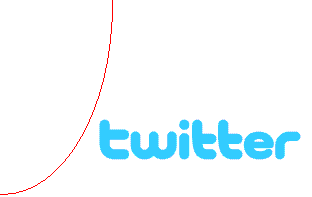I love running. I skip wearing headphones or listening to music because I love hearing the world race past me. Things that interfere with the actual experience of being there aren’t interesting to me.
Nike+ on an iPod (a music player first and foremost) thankfully has the option to do a workout without music (and without a headset). I’ve been using this since Christmas 2007 when my wife gave it to me. It’s great! Nike has training programs you can follow to get you the next level.
Recently discovered when I got an N82 is the Nokia Sportstracker app. It keeps track with GPS and gives an amazing amount of live metadata. Not only are you able to follow your speed, pace, average pace, distance, location, etc, in real time, you can pump the data live to the web.
There are a couple things lacking with both systems: Social interaction outside their gardens. Both offer links to back to your workout pages, but neither supports easy placement of the data elsewhere (read: No RSS feeds of the content).
An RSS feed of the workouts would be an ideal next step for either company. RSS being available would allow WordPress and TypePad widget development much more easily.
It would also be slick to have Twitter and Facebook integrations (Nike+ has some Facebook apps written by third parties – I haven’t been impressed with these since they’re all Flash).
Running profiles:




